Sustainable Development for Business
Empower Your Business, Sustain the Future

6 Hours average completion time
0.6 CEUs
15 Lessons
17 Exams & Assignments
16 Discussions
15 Videos
48 Reference Files
313 Articles
Mobile Friendly
Last Updated December 2025
Pioneering a New Era: Sustainable Development in Business
In the ever-evolving tapestry of the business world, the ability to adapt and innovate is not merely a luxury but a necessity. For companies navigating these tumultuous waters, the challenges are multifaceted. Often, the struggles aren't just about keeping pace with market demands or circumventing financial hurdles. A more profound question looms: Are we leaving a lasting, positive legacy, or merely fleeting footprints destined to fade?
Today's global business landscape demands more than just agile strategies and robust financial planning. An increasing number of enterprises are awakening to a pivotal realization: The age-old paradigms of business adaptation are undergoing a seismic shift. Beyond profit margins and product quality, there's a pressing call to introspect on a business's holistic impact. It's not just about the here and now; it's about sculpting a sustainable future for the coming generations.
Delve into this course, and uncover the profound significance of sustainable development in the world of business. We're not just talking about green initiatives or corporate social responsibility in isolation. We're delving deep into the intricate weave of sustainability, examining its multifaceted dimensions and how they intersect with the essence of modern business.
Kickstart your journey with an insightful introduction to the very ethos of sustainability. Discover its multifaceted realms, from ecological footprints to social responsibilities. Unearth the transformative potential of integrating sustainable practices, not as an afterthought, but as a core business strategy. Through this course, we aim to inspire a paradigm shift: from businesses that merely exist to enterprises that thrive, innovate, and rejuvenate our world. Embrace the future of business, where success isn't just measured by financial growth, but by the positive legacy we etch on the sands of time.
- Eco-conscious consumer targeting
- Social sustainability practices
- Stakeholder engagement enhancement
- Competitive market adaptation
- Strategic sustainability integration
- Transparent sustainable marketing
- Environmental responsibility alignment
- Corporate accountability evolution
- Long-term profitability planning
- Resource efficiency strategies
- Holistic impact assessment
-
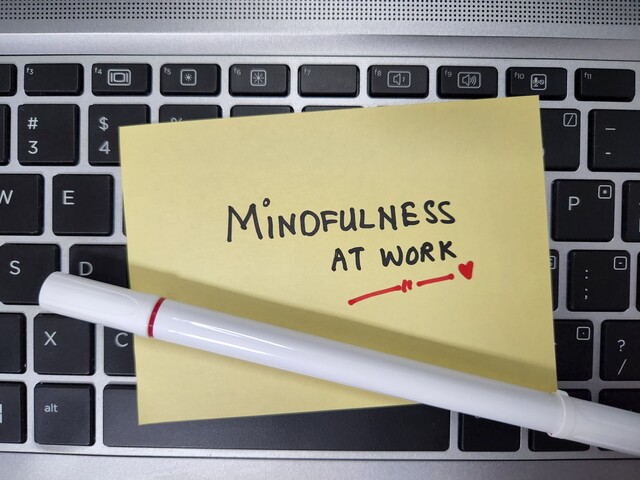
Mindfulness in the Workplace
-
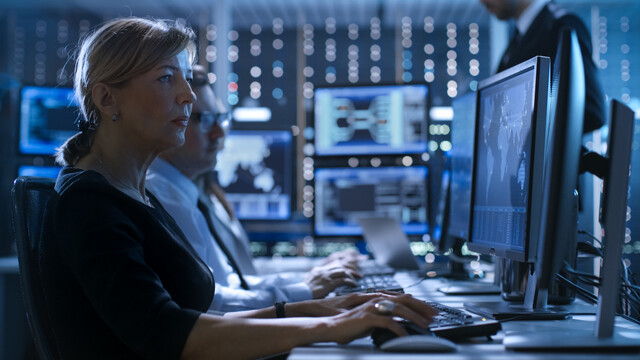
Operations Management 101
-

Community Development 101
-

Report Writing 101
-

Management Consultant 101
-

Developing Great Social Skills
-

Creating and Managing a Non-Profit Organization
-

Sustainable Development for Business
-

Advertising, Marketing and Sales Writing
-

Sensitivity Training for the Workplace
-
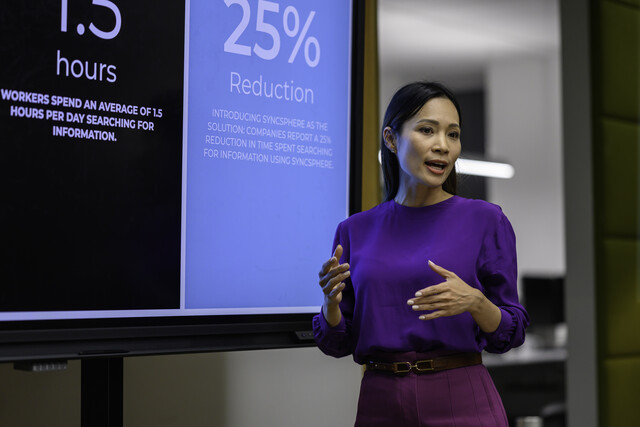
Motivational and Public Speaking
-
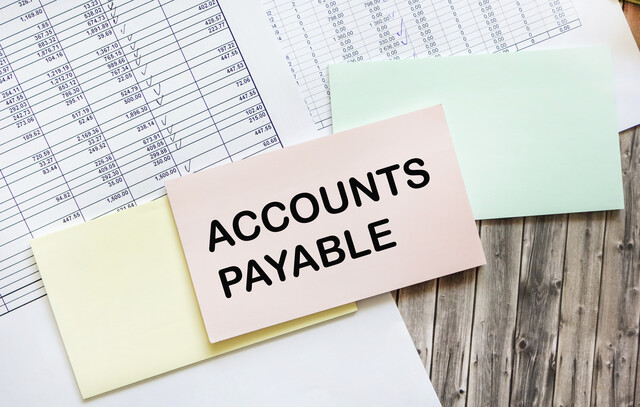
Accounts Payable Training
-
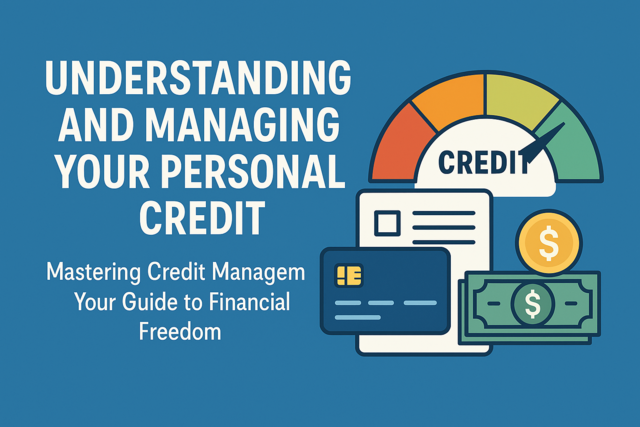
Understanding and Managing Your Personal Credit
-
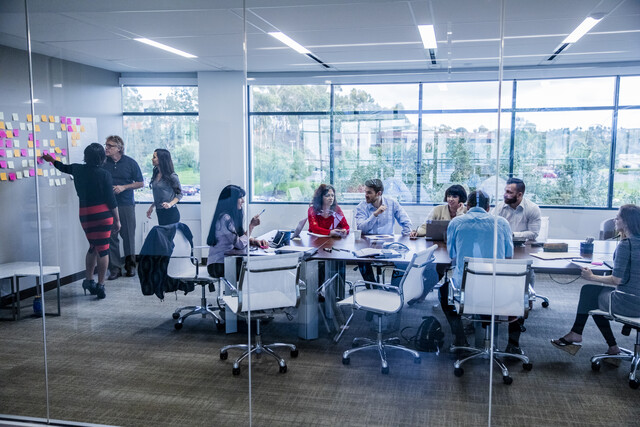
Running Effective Meetings
-

Disaster Preparedness 101
-
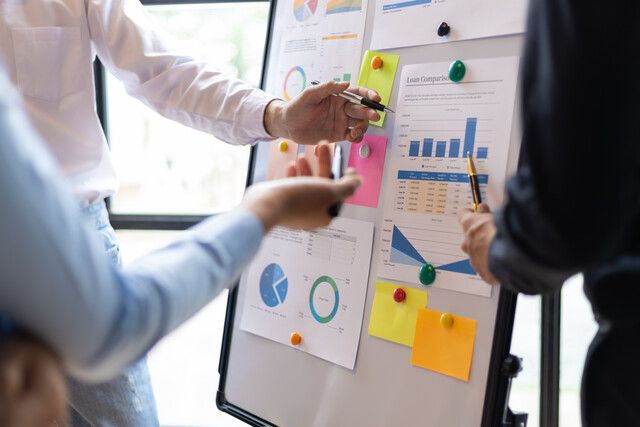
How to Write a Business Plan
-
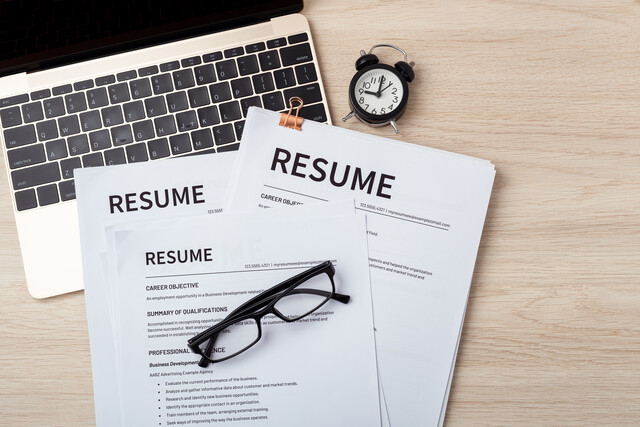
Resume Writing
-

The Art of Setting Goals
-

Respectful International Workplace
-

Home Business
-

Team Building 101
-

Ultimate Secretary Training Bundle
-
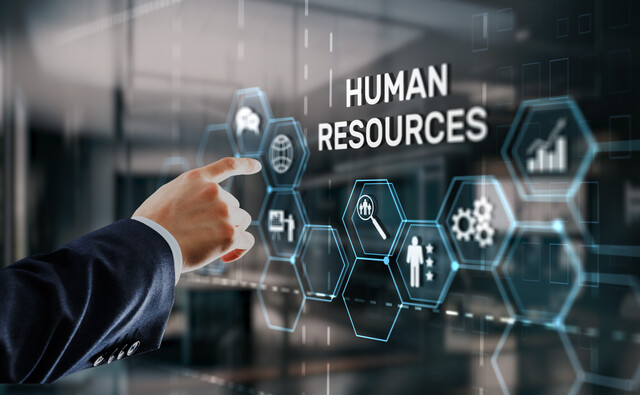
Human Resources Management
-
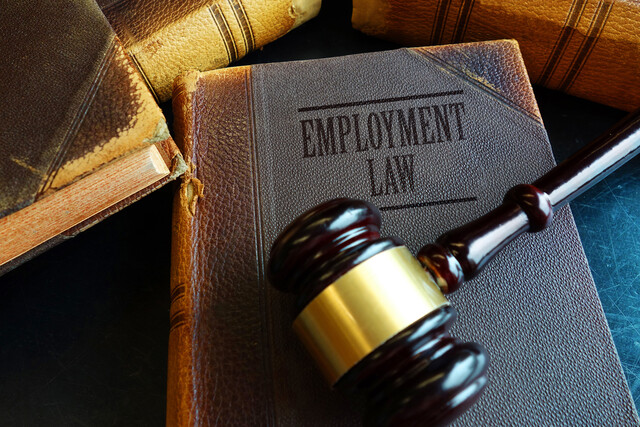
Employment Law Fundamentals
-
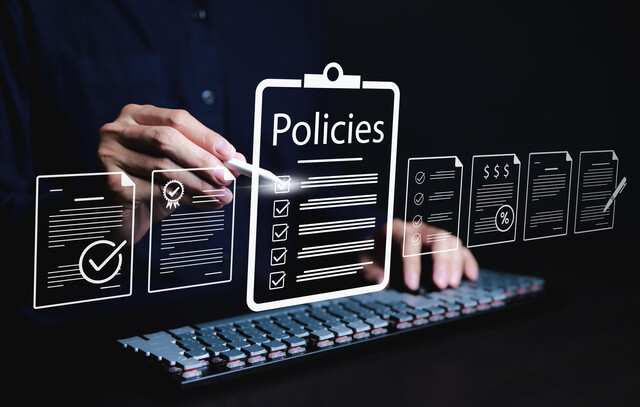
How to Write Effective Policies and Procedures